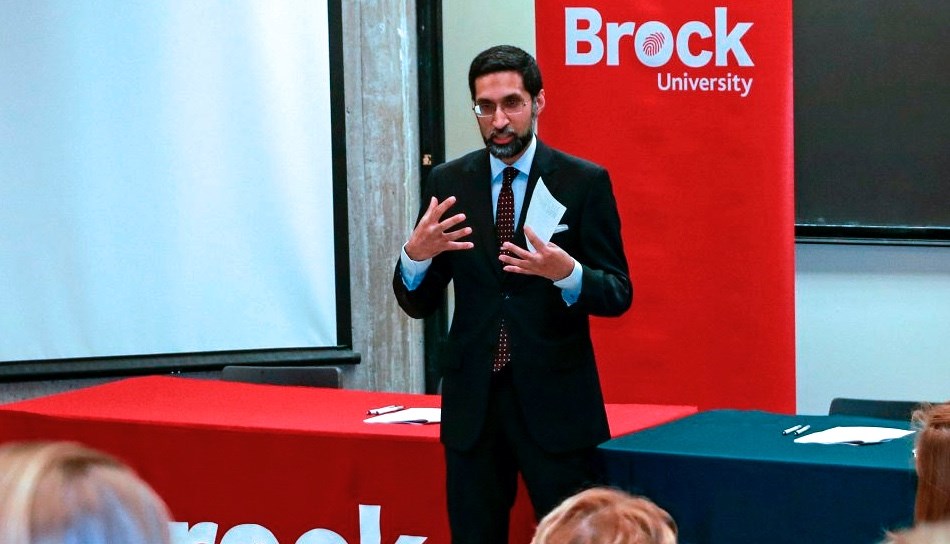Lighter restrictions on social gatherings are leading to small community outbreaks that are driving Niagara's case count of COVID-19.
As the pandemic put instant caps on parties, weddings, and even funerals, the outbreaks in the region were mainly linked to medical facilities like long-term care homes.
But now that people can get together more easily, says the region's acting medical officer of health, Dr. Mustafa Hirji, the image is different.
Out of the 15 cases found over the weekend and Monday, 12 had contracted the virus through contact with an already known case.
"Not all, but the majority of them had been linked to community outbreaks," Hirji said to Thorold News.
The details on where the outbreaks are found are not being released to protect the privacy of the patients, but gatherings in various communities, religious events and workplaces are examples of these outbreaks.
Two of the 15 cases were community spread, and one had participated in the same international trip as a case that was confirmed before the weekend.
Hirji says that the baseline of around five cases per day is an increase from a previous long-running streak of only two-three cases per day earlier in June.
"When we opened it was inevitable that we would see an increase. So far it has not spiraled out of control through a combination of our work with follow-up and contract tracing so that new cases are not leading to too many new infections," Hirji said.
Stage 3 was the final milestone in Ontarios plan to have establishments reopening again.
Next up is the reopening of schools, set to commence in around four weeks, under a strict medical framework including temperature-screening at the door, modified classrooms that allow for social distancing, and planning to minimize student-teacher turnover.
The province said that parents are the ultimate authority if they want to send their kids back to school, or opt for at-home education.
Hirji, who has been in meetings with Niagara's school board says his impression is that most of them are counting on the majority of their students to return to the school bench in September, but that some are still choosing to stay home.
It is still too hard to predict if the reopening of the schools will lead to another spike.
"There is a potential risk for an increase, but at the same time we have seen in other countries that it hasn't played out like that. Norway, Denmark and South Korea all reopened their schools without a spike in cases. But then Israel, and the U.S did," he said.
"The primary goal is to reduce the spread in the community if we want the schools to reopen successfully."



